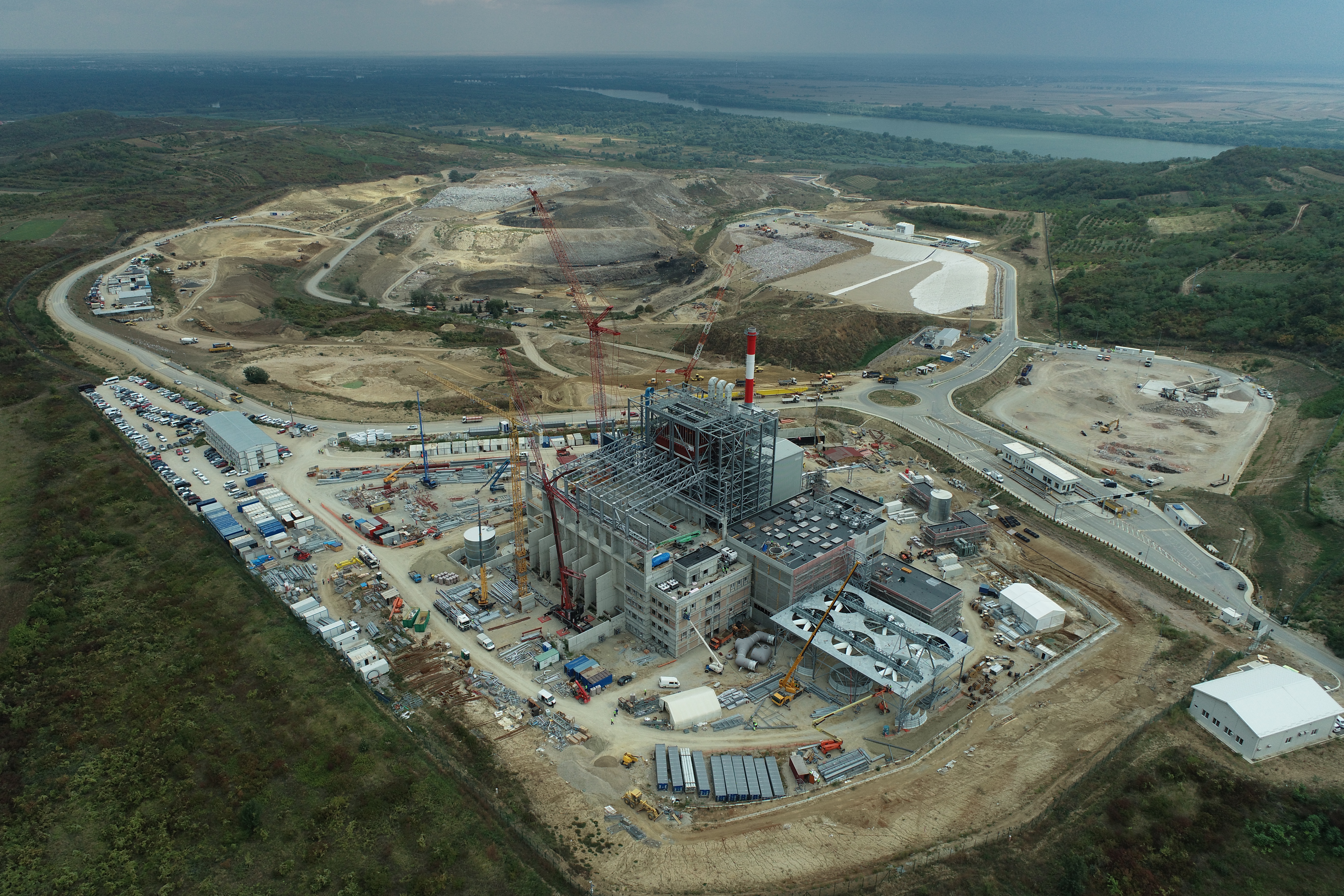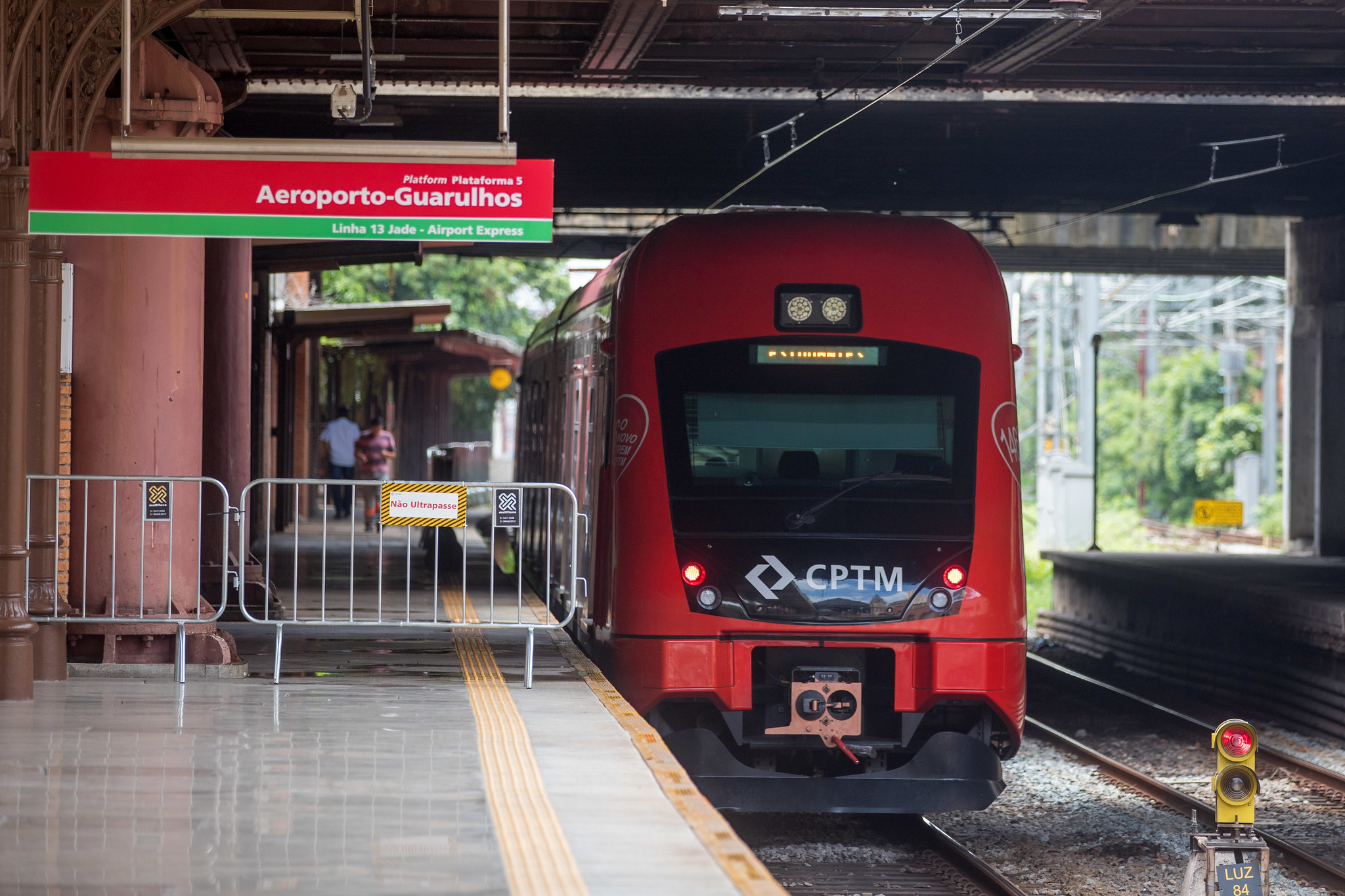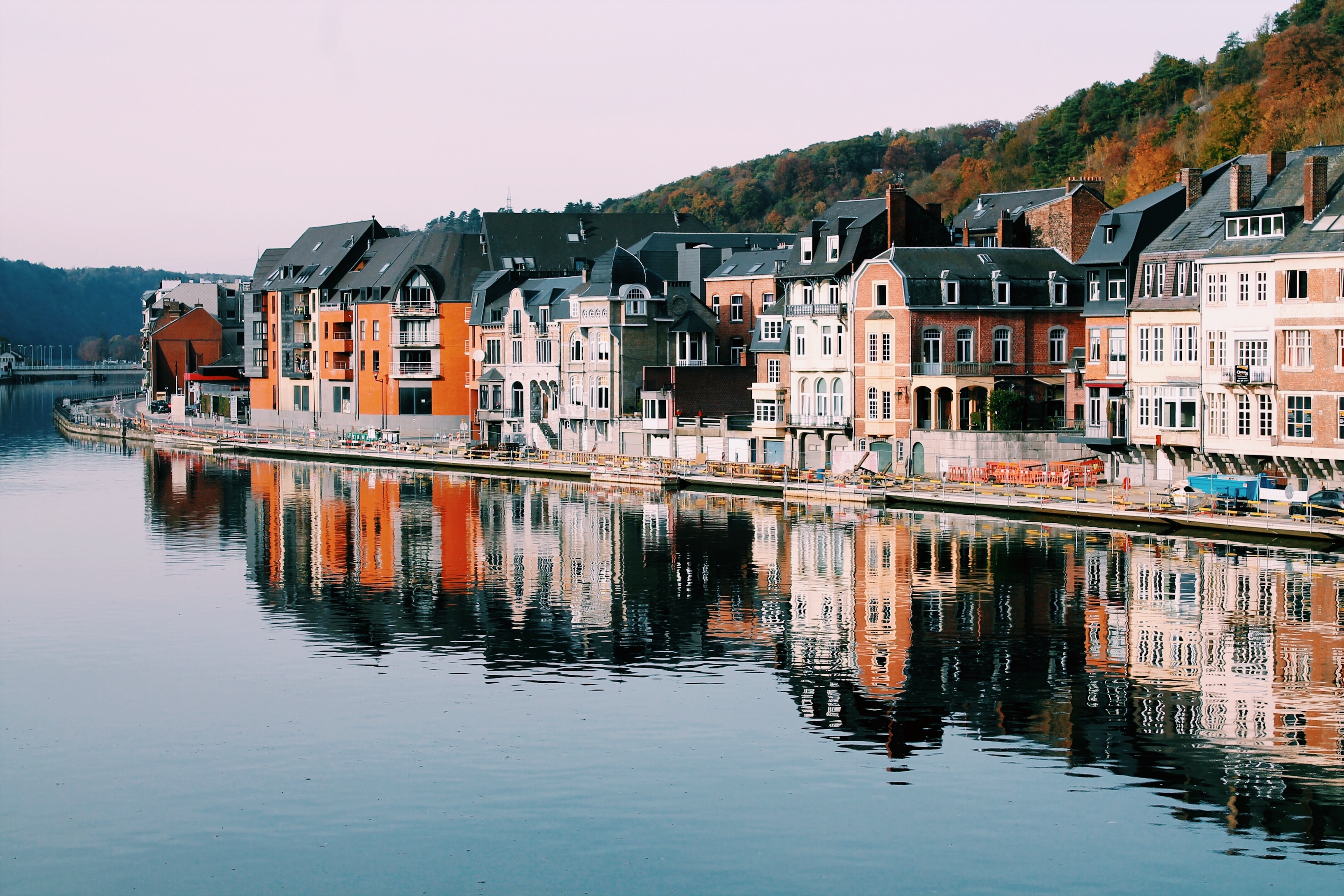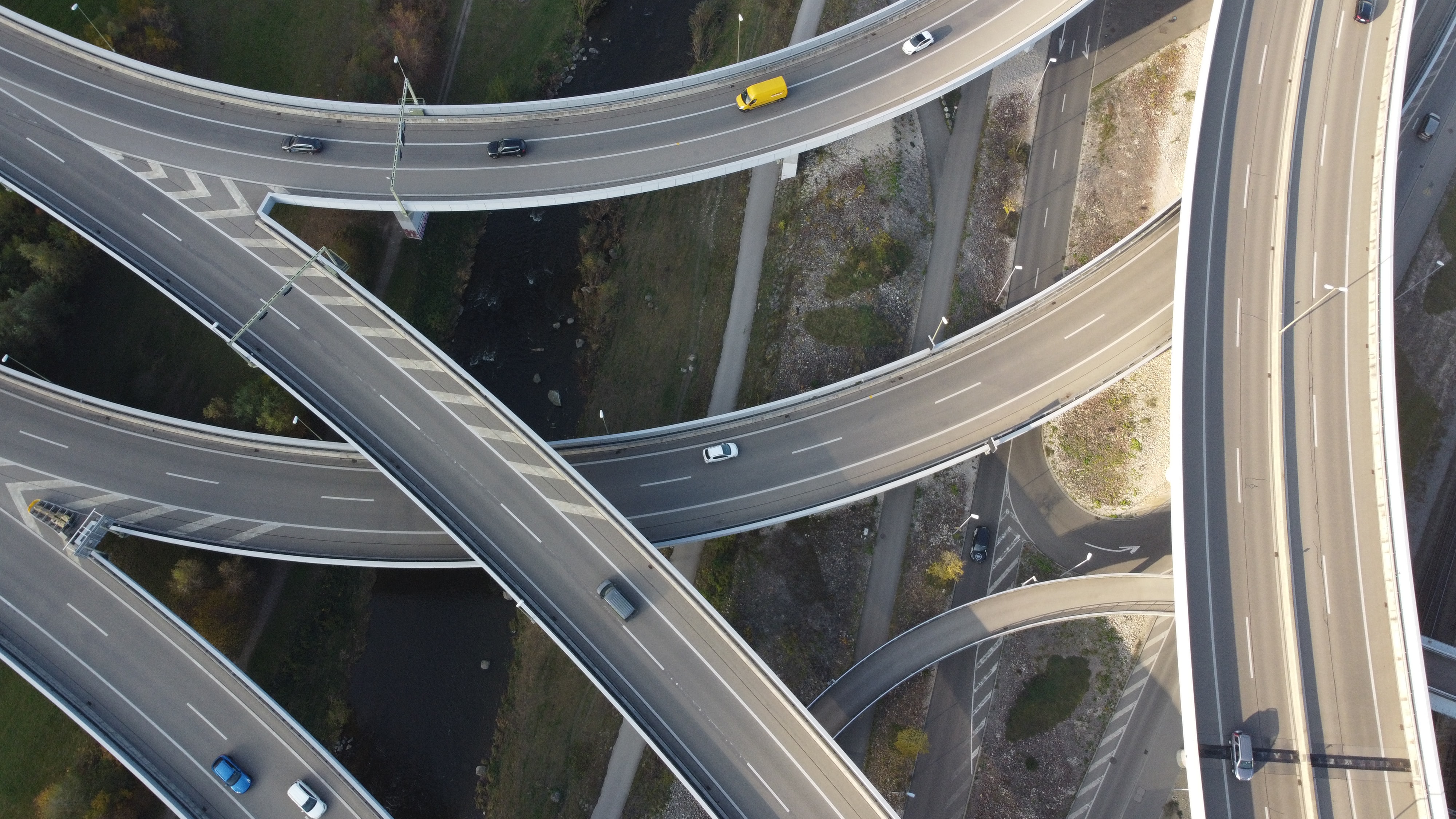Case studies
Filter by
85 results found
Case studies
The Belgrade Waste-to-Energy project is cleaning up one of Europe’s largest uncontrolled landfills and constructing a new, sustainable waste-management complex. It is one of the first large-scale, bankable, private sector waste-to-energy projects in emerging markets. Using a competitive dialogue with five pre-qualified bidders, the City of Belgrade - with the support of IFC acting as a PPP advisor - could offer a bankable DBFO contract bundling the remediation of the landfill (including the management of legacy pollution) with the development of revenue-generating greenfield assets.
Read time: 3 minutes
Published
05 Oct 2021
Read more


Case studies
Pre-COVID-19, two Sao Paulo metro lines carried 1 million passengers daily. A demand sharing mechanism encouraged private sector investment in the concession contract.
Read time: 2 minutes
Published
13 Oct 2021
Read more


Case studies
Due to rising energy prices, the Dutch Government has placed emphasis on meeting national energy performance objectives through the reduction of fossil fuel consumption.
The Dutch Government is seeking innovative solutions to deliver more energy and cost-efficient buildings, as well as achieving Net Zero Energy buildings by 2020.
The retrofits include installation of rooftop solar panels and other insulation technologies.
Read time: 3 minutes
Published
27 Oct 2021
Read more


Case studies
Cambrian Innovation developed the WEPA to enable food and beverage manufacturers across the United States to implement their solutions to remove wastewater costs, reduce environmental impact, and alleviate capped production at no upfront cost or operational risk.
Wineries in Nappa Valley, including Rombauer Vineyards, produced high-strength wastewater (diluted wine) through standard rinsing and cleaning processes putting pressure on traditional municipal treatment plants.
In 2018, Rombauer Vineyards was the first replaced existing ineffective treatment system with an EcoVolt Solution from Cambrian Innovation.
Read time: 2 minutes
Published
29 Oct 2021
Read more


Case studies
The Indonesian Government aims to expand its geothermal energy sector to reduce greenhouse gas emissions.
The Green Climate Fund (GCF) and Clean Technology Fund (CTF) are offering USD127.5m in financing, consisting of a senior concessional loan for public sector projects, a reimbursable grant for private sector projects, and a grant for technical assistance. World Bank will also provide USD100 million loan to scale up investments in geothermal energy in Indonesia.
Read time: 3 minutes
Published
01 Nov 2021
Read more


Case studies
Globally, Sub-Saharan Africa experiences one of largest energy access gaps.
Electricity reaches only about half of its people, while clean cooking only one-third; roughly 600 million people lack electricity and 890 million cook with traditional fuels.
This has a disruptive impact on social infrastructure such as schools and hospitals which lack reliable electricity.
A clean energy revolution in sub-Saharan Africa is urgently needed to win the fight against energy poverty.
Read time: 2 minutes
Published
27 Oct 2021
Read more


Case studies
Despite abundant surface freshwater, only 84% of Brazil’s people have access to potable water, and only 50% have access to sewerage. Insufficient public funds and limited use of private capital have resulted in limited progress in improving access to water and sanitation. The Corsan Water Supply, Efficiency, and Resilience Project is leveraging private financing to address losses in water distribution and mitigate climate change risks.
Read time: 3 minutes
Published
05 Oct 2021
Read more


Case studies
The ACGF is an innovative finance facility dedicated to accelerating green infrastructure investment in Southeast Asia with over USD1.4 billion in loans from co-financing partners, under the ASEAN Infrastructure Fund (AIF). The ACGF’s technical assistance supports governments to identify and prepare commercially viable green infrastructure projects while the ACGF loans are utilised to cover upfront capital investment costs.
This two-pronged approach ‘de-risks’ green infrastructure projects, making them more attractive to private capital investors.
Read time: 3 minutes
Published
29 Oct 2021
Read more


Case studies
Euro Property Assessed Clean Energy (EuroPACE) is a scalable on-tax financing model to support the deployment of energy saving and generation technologies to European households and the EU’s clean energy transition.
The scheme is inspired by the successful US PACE scheme that was introduced in 2008, which resulted in over USD4.7 billion in funded projects, over 200,000 homes over the past four years.
Private capital is deployed as upfront financing to homeowners which is repaid through an additional special “assessment” payment on its property tax bill for a specified term.
Read time: 2 minutes
Published
27 Oct 2021
Read more


Case studies
Volta, a San-Francisco based EV charging company, partners with retailers, shopping malls, grocery chains, and others to place Volta’s chargers in prime parking spots in front of their businesses.
The charging stations will also come with two billboard-sized screens for displaying advertising.
An initial 15 minutes of charging is free to customers.
California State Government supports the deployment of zero-emissions vehicles and fill gaps in the state’s EV infrastructure.
Read time: 3 minutes
Published
29 Oct 2021
Read more


Case studies
In the Netherlands, the regulatory requirement is that the surface layer of asphalt roads have a whole-of-life span of six years. Currently, 60% of rubble from broke-up old roads can be reused in the construction of new roads, however increasing that percentage of reuse is mostly improbable due to stability and safety concerns.
Dura Vermeer, a Dutch construction, infrastructure, and engineering business, has developed the technology to create top layer asphalt which can last up to 15 years (twice as long as current asphalt roads), but costs 10% more than regular asphalt roads.
Read time: 4 minutes
Published
01 Nov 2021
Read more


Case studies
Joint European Support for Sustainable Investment in City Areas (JESSICA) is a partnership between the Council of European Development Bank (CEDB) and the European Investment Fund, which has provided EUR2.1b (USD2.5b) in co-investment in circular economy projects since 2015.
The EU JESSICA Urban Development Funds (UDF) contain financial contributions from EU member states, cities, and other public and/or private sources.
These are invested in the form of equity, loans, and guarantees for projects that support sustainable urban development and regeneration in cities.
Read time: 2 minutes
Published
01 Nov 2021
Read more


Case studies
Coastline traffic in the State of São Paulo, Brazil, has overwhelmed road capacity. Three highway concession contracts were introduced, using a demand risk sharing mechanism and dynamic user fee model to attract private sector participation.
Read time: 2 minutes
Published
13 Oct 2021
Read more


Published
29 Oct 2021
Read more


Case studies
ChargePoint as a Service installs electric vehicle (EV) chargers for no upfront cost in return for a fixed term subscription
CPaaS reduces overhead costs and offer predictable operational expenses
CPaaS also proactively monitors stations to identify and fix technical issues remotely and enables businesses to track performance and utilization.
Georgia Power (a utilities company in Georgia) and Pivet Atlanta, an automotive company has partnered with ChargePoint to install EV chargers in a major travel corridor.
Read time: 2 minutes
Published
29 Oct 2021
Read more


Case studies
The City of Paris has used Energy Performance Contracts (EPCs) to refurbish 240 schools in two phases, with a third phase now underway. The refurbishments, tailored to each school, include window renovations and the installation of LED lighting, sensors, insulation and new boiler systems.
Read time: 3 minutes
Published
27 Oct 2021
Read more


Case studies
In Guanajuato, Mexico agriculture accounts for about 84% of water rights. Significant growth in agricultural production and use of groundwater wells have led to a 2 metre annual decrease in groundwater levels. Improving agricultural irrigation practices has the potential to address agricultural water inefficiencies for water-stressed regions like Guanajuato. MWS is a collaborative approach to improve economic outcomes for farmers, create resilient supply chains, and increase water efficiency by using ‘pay for performance’ to accelerate sustainable agriculture practices in water-stressed regions.
Read time: 3 minutes
Published
27 Oct 2021
Read more


Case studies
The Indian government has committed to reducing the emissions intensity of its GDP by up to 25% by 2030. Buildings are identified in its nationally determined contributions (NDC) as one of the key levers to achieve this goal.
The World Bank identified India as a prospective case study to carry out a quantitative assessment of the potential impact of the mechanism due to its complex?housing market, economic conditions and Federal structure.
An economic cost-benefit analysis was conducted using the Excellence in Design for Greater Efficiencies (EDGE) green building software and cash flow modelling to assess the potential impact of a USD50m auction on the Indian market.
Read time: 3 minutes
Published
01 Nov 2021
Read more






















